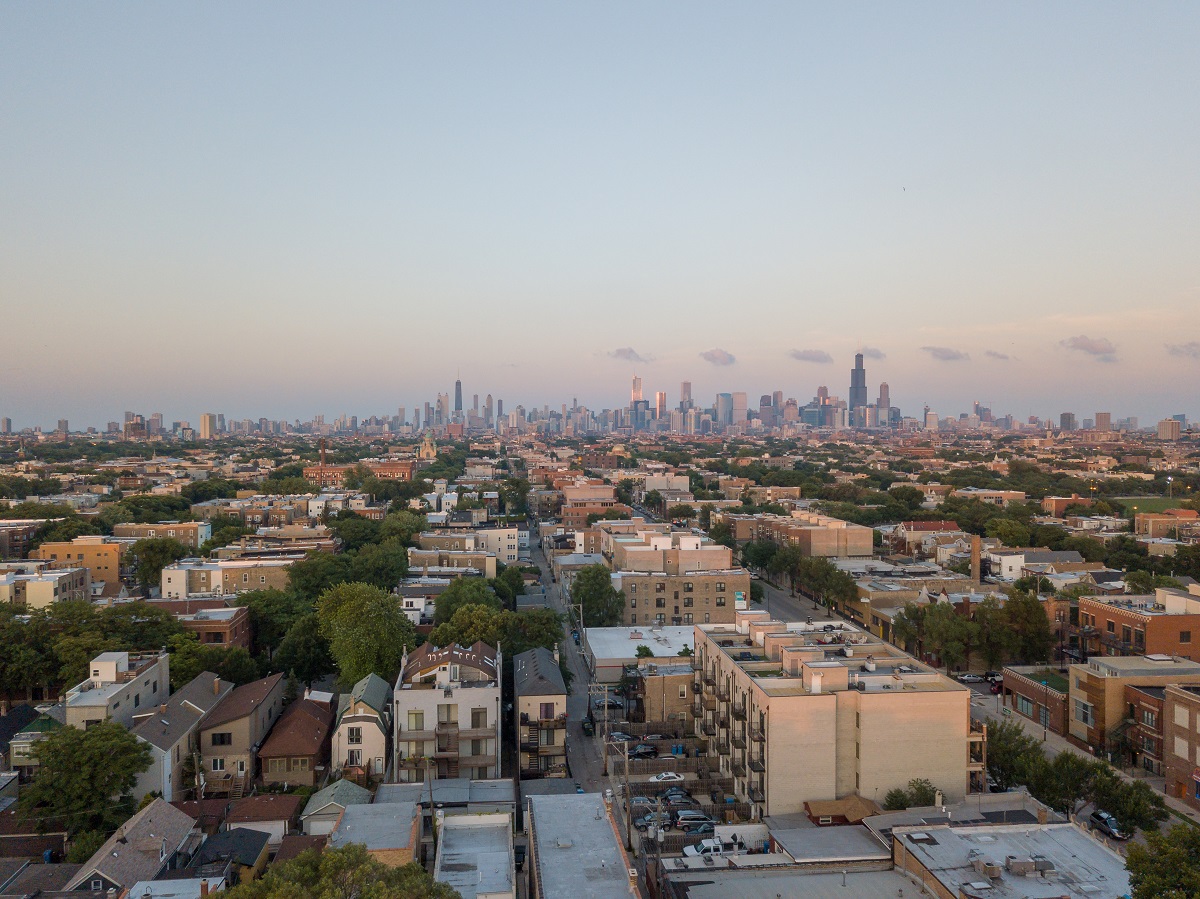 In an action by a group of borrowers who alleged a fraudulent reverse mortgage scheme, the Appellate Court of Illinois, First District, recently affirmed the trial court’s judgment against the borrowers, and held that neither the discovery rule nor the continuing violation rule tolled the five-year statute of limitations for the borrowers’ declaratory judgment claims, making them untimely.
In an action by a group of borrowers who alleged a fraudulent reverse mortgage scheme, the Appellate Court of Illinois, First District, recently affirmed the trial court’s judgment against the borrowers, and held that neither the discovery rule nor the continuing violation rule tolled the five-year statute of limitations for the borrowers’ declaratory judgment claims, making them untimely.
In so ruling, the First District also rejected the borrowers’ argument that their declaratory judgment claims were “preemptive affirmative defenses” to foreclosure actions that the lender would inevitably file against them.
A copy of the opinion in Johnson v. American Advisors Group is available at: Link to Opinion.
A group of borrowers brought a declaratory judgment action and alleged that a mortgage lender and one of its agents engaged in a fraudulent reverse mortgage scheme to take the borrowers’ homes. Specifically, the borrowers alleged that the agent offered to renovate their homes at no cost, purportedly pursuant to a federal program that would help pay for the renovations. The borrowers signed documents that the agent claimed were necessary to participate in the program. One of these documents was a reverse mortgage with the lender.
According to the borrowers, when the lender issued reverse mortgage payment checks, the agent demanded that they sign them over to him. The borrowers signed the checks over to the agent because the agent claimed that they would have to pay for the home renovations themselves if they refused. The borrowers alleged that the agent did not complete renovations to their homes, and they later learned that the home renovation reimbursement program did not exist.
Therefore, the borrowers argued that their reverse mortgages were void because they were fraudulently procured. They also requested an order directing the defendants to return the titles to their homes.
The lender moved to dismiss the borrowers’ complaint, arguing that the five-year statute of limitations for fraud applied to the borrowers’ declaratory judgment claims premised on allegations of fraud. The trial court granted the lender’s motion to dismiss and held that “ample Illinois case law” applied the five-year statute of limitations for general civil actions to declaratory judgment actions, citing Toushin v. Ruggiero, 2015 IL App (1st) 143151, ¶ 47. The borrowers timely appealed.
On appeal, the borrowers first argued that their declaratory judgment claims were “preemptive affirmative defenses” to foreclosure actions that the lender would inevitably file against them, such that the statute of limitations did not apply at all.
However, the First District found that the borrowers’ declaratory judgment claims were not affirmative defenses because they sought relief beyond defeating the lender’s anticipated foreclosure actions. See Carmichael v. Union Pacific R.R. Co., 2019 IL 123853, ¶ 26. The Court reasoned that the borrowers’ claims were essentially claims for fraud and rescission of contract because they asked the trial court to find that the lender committed fraud and to rescind the reverse mortgages on that basis. See 23-25 Building Partnership v. Testa Produce, Inc., 381 Ill. App. 3d 751, 757 (2008). Civil fraud claims are subject to a five-year statute of limitations in Illinois, 735 ILCS 5/13–205; DeSantis v. Brauvin Realty Partners, Inc., 248 Ill. App. 3d 930, 933-34 (1993), so the Court concluded that this was the statute of limitations applicable to the borrowers’ claims in this case.
Therefore, having concluded that the borrowers’ claims were subject to a five-year statute of limitations, the First District next addressed whether the limitations period had expired when the borrowers filed their initial complaint. A plaintiff must file a civil claim of fraud within five years of when the plaintiff knew or reasonably should have known that she was defrauded. 735 ILCS 5/13–205; see also DeSantis, 248 Ill. App. 3d at 933-34. Furthermore, a plaintiff knows or reasonably should know of wrongdoing when she possesses sufficient information concerning her loss and its cause to put a reasonable person on notice to inquire further. Hermitage Corp. v. Contractors Adjustment Co., 166 Ill. 2d 72, 85-86 (1995).
The First District reasoned that the borrowers should have known they were defrauded when they each signed their reverse mortgage documents. The borrowers filed their initial complaint more than five years after they signed their mortgage documents, and the Court therefore concluded that their claims were untimely.
Nevertheless, the borrowers contended that the discovery rule and the continuing violation rule tolled the start of the limitations period on their claims.
The discovery rule provides that the statute of limitations does not begin running until a plaintiff knows or reasonably should know that she has suffered a loss and that her loss was wrongfully caused. Hermitage Corp., 166 Ill. 2d at 77. A plaintiff asserting the discovery rule has the burden of proving the date of discovery and “must provide enough facts to avoid application of the statute of limitations.” Id. at 84-85. Although the determination of when the statute of limitations begins to run is usually a question of fact, the court may rule on it as a question of law if the facts are undisputed. Id. at 85. The lender did not dispute the dates pleaded in the borrowers’ complaint, and the First District reasoned that this analysis was a question of law. See id.
After reviewing the record, the First District found that there were no specific facts alleged regarding when the borrowers knew or should have known of their injuries. Additionally, the Court observed that the lender’s motion to dismiss did not dispute any of the relevant dates in the borrowers’ complaint and its statute of limitations argument was based entirely on the dates of events as the borrowers alleged them. Thus, the Court held that the borrowers did not meet their burden in establishing that the discovery rule applied.
Finally, the borrowers contended that the continuing violation rule tolled the statute of limitations. Under the continuing violation rule, the statute of limitations does not begin to run until the date of the last injury or when the tortious acts cease. Feltmeier v. Feltmeier, 207 Ill. 2d 263, 278 (2003). However, a “single overt act” causing “continual ill effects” is not a continuing tort. Id.
The First District determined that the borrowers each only alleged a single overt act: the agent fraudulently inducing them into signing a reverse mortgage with the lender. The fact that the reverse mortgages still existed and may, at some point in the future, result in foreclosure were merely “continual ill effects” resulting from the agent’s initial “single overt act.” See id. Thus, to the extent the borrowers argued that the agent’s initial act was part of an ongoing fraudulent scheme to obtain their homes, the Court held that the borrowers failed to plead any specific facts describing such an ongoing scheme.
Accordingly, the First District affirmed the trial court’s judgment and held that the borrowers’ declaratory judgment claims were barred by the general civil five-year statute of limitations.
Photo: wilgory/stock.adobe.com


